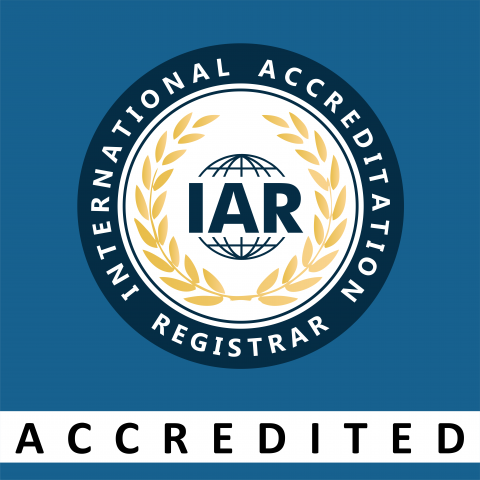GSP
WHAT IS GSP?
Good Storage Practice (GSP) is a system for ensuring that products are consistently produced and being stored ccording to national & international guideliness or standards. It is designed to minimize the risks involved in any food and pharmaceutical production that cannot be eliminated through testing the final product.






